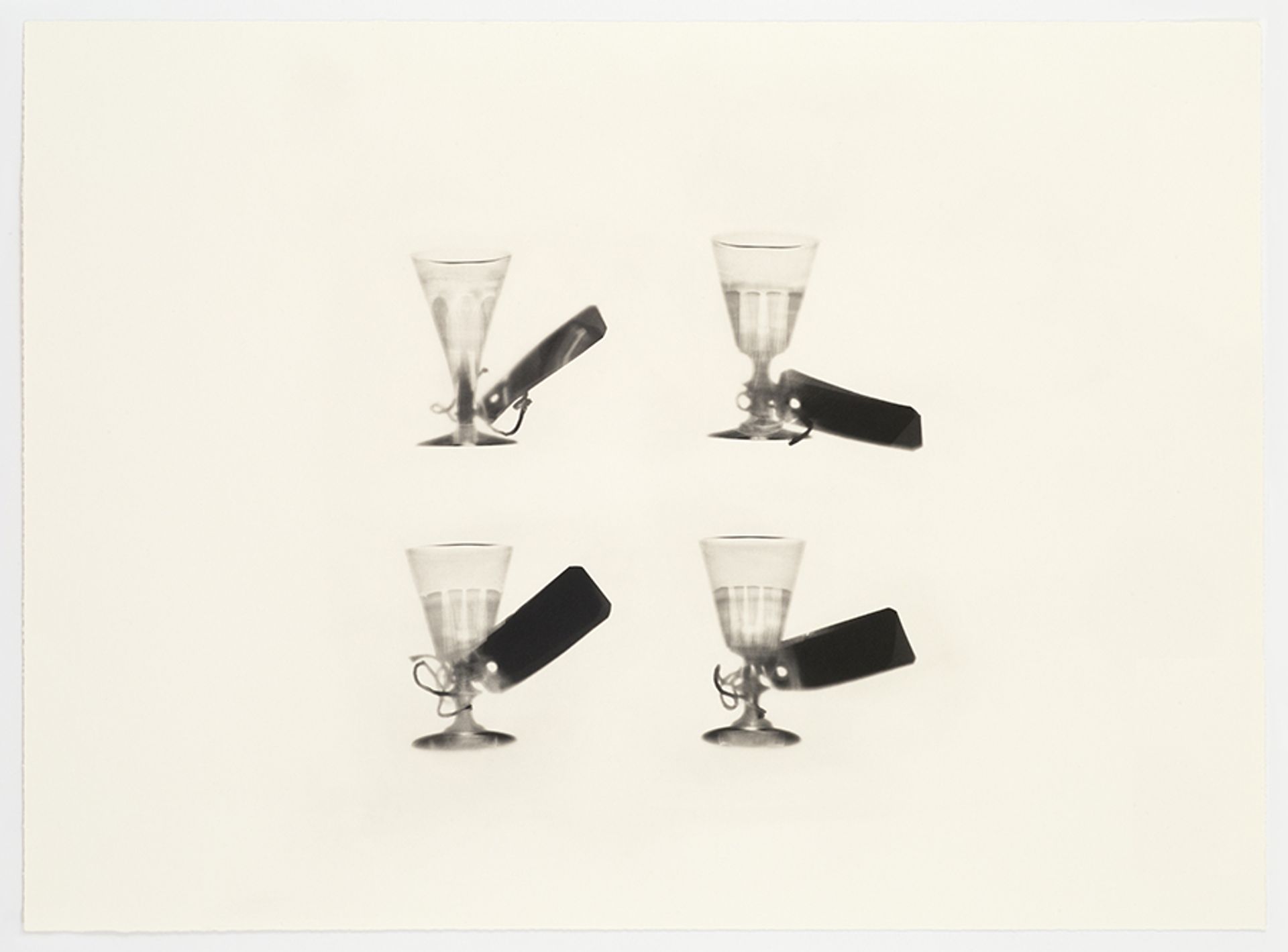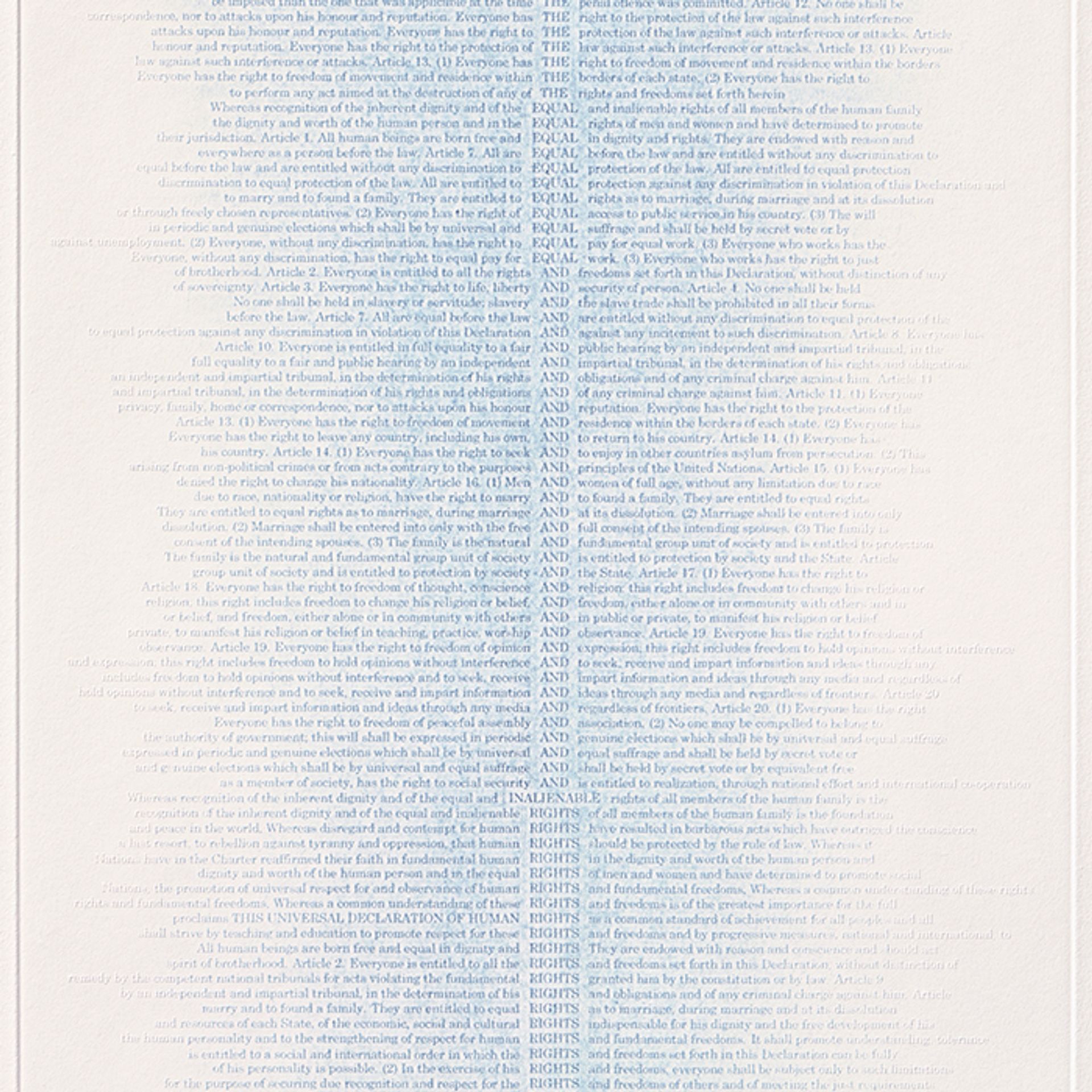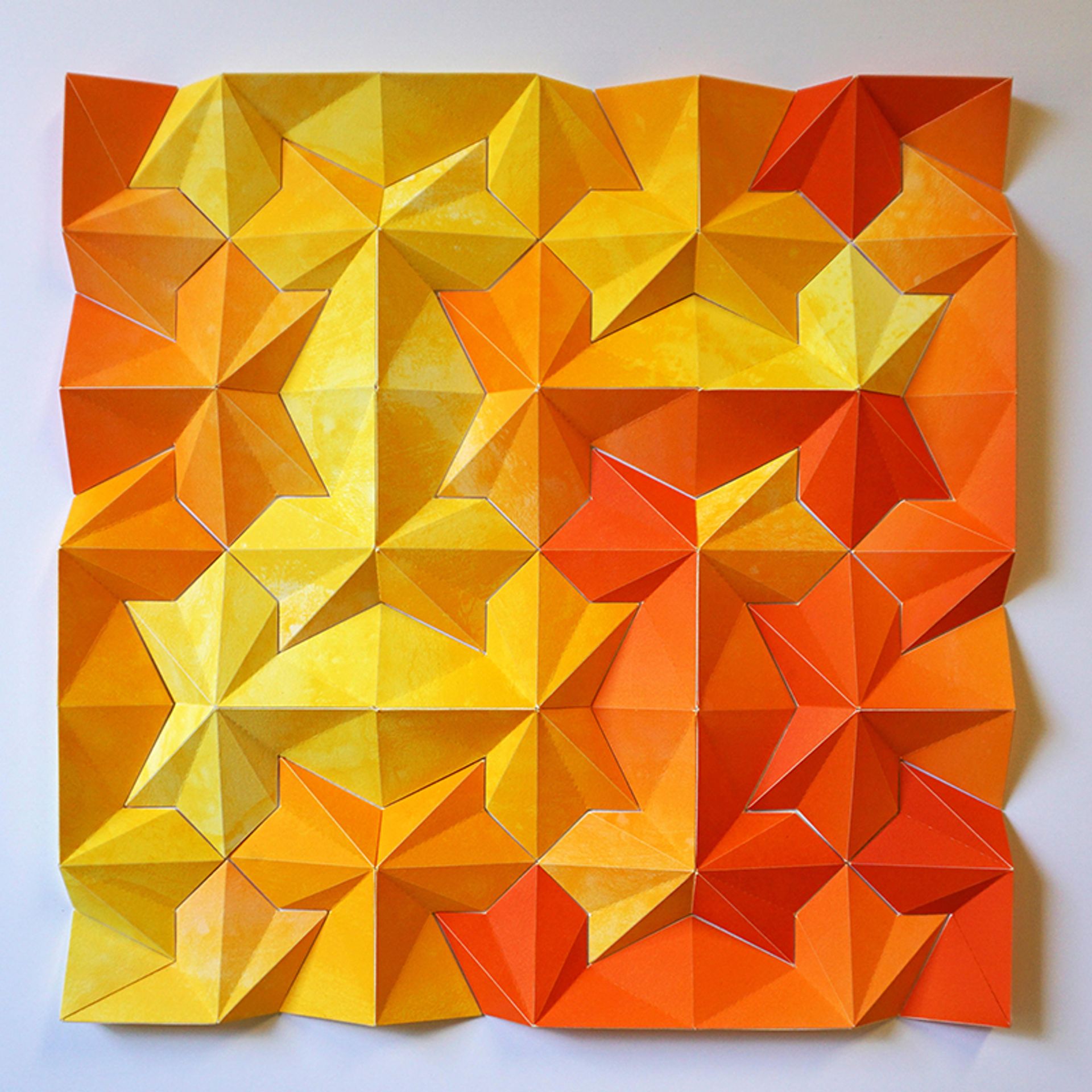“I don't think people realize how much versatility there is in the medium,” says Michele Senecal, the executive director of the International Fine Print Dealers Association fair in New York, the largest event dedicated to prints, which opens today (26 October) at its new venue, the Javits Center’s River Pavilion at Hudson Yards, and runs through 29 October. That versatility is clear from the range of work found across the 80-plus booths at the 26th edition: woodcuts and engravings by Dürer and Rembrandt, color aquatints by Jacques Villon, screenprints by Josef Albers, lithographs by Ellsworth Kelly and mixed-media collages by Mickalene Thomas.
One standout is an early etching by Lucian Freud offered by Mary Ryan Gallery. Ill in Paris (1948), an artist's proof outside of an edition of 10, shows Freud's bedridden wife, Kitty Garman, beside a freakishly depicted rose. It was snatched up for $250,000 by a US collector before the fair officially opened. Thanks to the print survey currently on view at the Museum of Modern Art, works by Louise Bourgeois are also widespread at the fair. “It has really inspired a lot of dealers to bring her work to the show,” Senecal says. The drypoint Spider (1995), offered by Marlborough Gallery, is priced between $15,000 and $20,000.
The fair also reveals how the medium is evolving, with artists putting pressure on the conventions of print-making. While some of the artists featured below are better known for art in other media, they are producing prints “not derivative of anything else they’ve created,” Senecal says.
Michael Heizer at Durham Press

Courtesy of Durham Press
Hard Edge Etchings, shaped plate etchings with aquatint, edition of 28, set: $10,000; individual prints: $2,500
Collaborating with the Pennsylvania-based fine print publisher, the sculptor and land artist Michael Heizer has produced a portfolio of four intaglio prints called Hard Edge Etchings (2016). With their forceful slicing lines, Heizer’s abstractions are printed from special copper plates he designed to introduce a sculptural component to the printmaking process. The complex shapes also disrupt the stereotype of the print as an uncomplicated square. “The publishers that exhibit in our fair operate at such a high level,” Senecal says. “They really create a space for an artist like Michael Heizer to come in and say, ‘Here’s what I want to do.’”
Cornelia Parker at Alan Cristea Gallery

Cornelia Parker, 2017. Courtesy artist and Alan Cristea Gallery, London
Fox Talbot’s Articles of Glass, nine polymer photogravure etchings, edition of 25, set: £12,000; individual prints: £1,500
From the research library at University of Oxford, Cornelia Parker accessed eight pieces of glassware that appeared in William Henry Fox Talbot’s pioneering photograph Articles of Glass (from before 1844). For her photogravure etchings, the UK artist developed a technique that playfully combines two of Fox Talbot’s early photographic processes—prints made directly from sunlight and the intaglio photogravure process—by exposing Talbot’s glass directly on photogravure plates under UV light, then creating etchings from the results. "They remind me a lot of Man Ray,” Senecal says, adding: “She's jumping off this historical material and twisting it a little bit to make it contemporary.”
John Baldessari at Mixografia

Courtesy of Mixografía®
Eight Colorful Inside Jobs, prints on handmade paper, edition of 50, $4,000
As a general trend, Senecal is seeing "bold, clean colour" across the fair booths this year; John Baldessari’s prints are a case in point. Created with the Los Angeles-based publisher Mixografia, the series Eight Colorful Inside Jobs (2017) is printed on thick handmade paper that lends the simple geometric forms depicted—cubes, pyramids, cylinders—a three-dimensional weight and depth. As Senecal says, "It's not just a flat medium". Each shape is gesturally brushed in a solid primary colour, with the name of that colour printed below. Flat yet also three-dimensional, the prints are informed by the work of the Italian still-life painter and printmaker Giorgio Morandi.
Ann Hamilton at Gemini G.E.L./Joni Moisant Weyl

Courtesy of GEMINI G.E.L. at Joni Moisant Weyl
The Equal and Inalienable Rights of All, blind embossment with hand-applied ink, edition of 35, $4,000
Both conceptually and materially complex, Ann Hamilton’s blind-embossed print references the Universal Declaration of Human Rights, which the General Assembly of the United Nations adopted in 1948. After applying digital referencing technology to the declaration to alphabetise its most regularly recurring words, Hamilton had the text photographically transferred to copper plates and embossed on wet paper without any ink; then the printers padded the text with ink and brushed it uniformly across the paper, producing an ethereal fog of color, with the words falling in and out of legibility.
Matt Shlian at Tamarind Institute

Courtesy of the Tamarind Institute
Three-dimensional lithographic collages, edition of 30, $2,800
With the Tamarind Institute, a lithography studio based in Albuquerque, New Mexico, Matt Shlian has produced three-dimensional monoprint colour collages. A Connecticut-born artist-designer and paper engineer, Shlian’s designs have been commissioned by companies like Apple and Facebook; his work is influenced by everything from Arabic tile configurations, solar cell design, and biomimetics. Each of his hand-made monoprints at the fair represents a unique one-of-a-kind object. Ara 244: The Other Ishihara Test-Sherbert (2016) looks like origami, and is yet another example of what Senecal says can be seen across the fair: high-keyed colour.


